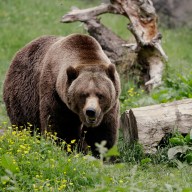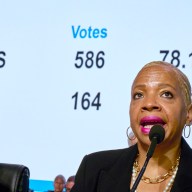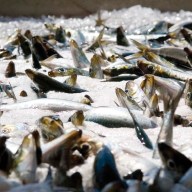The email from an old friend who runs a white water rafting company was too enticing to resist: We’re running a new river in India’s remote east, he said. Join us.
It sounded like a rush. It turned out to be much more. In six days, we covered 116 kilometres of the Kameng River and shot some 100 rapids.
We plunged through roiling cauldrons of whitewater that lifted the adrenaline level to truly yee-ha moments. And some took more than one unwilling swim in the chilly water.
The Kameng sweeps through the Valley of the Hornbills in pristine rain forest. Elsewhere it passes below tiny bamboo villages of the Nishi tribe, whose men hunt the magnificent birds for the colourful bills that adorn their headgear and who carry machetes in monkey-fur scabbards. We saw nature as it was meant to be — raw and lush. But we also witnessed its fragility: A simple farmer burns away an entire mountainside to work a small patch of land; bulldozers send rockslides tumbling down mountain slopes as they carve out a road; an energy-hungry nation begins work to dam yet another free-flowing river.
Whitewater rafting is a popular adventure sport in India. About 20 rivers spilling from the Himalayas toward the Indian plain are commercially rafted, with trips ranging from a few hours to two weeks. Some 30,000 people a year make the short but thrilling run on the Ganges above the Hindu holy town of Rishikesh, just a few hours drive from New Delhi.
The Kameng River is in the state of Arunachal Pradesh on India’s northeastern frontier, more than 1,600 kilometres from the capital. The state was a battleground in the 1962 Indo-China war and its ownership still is disputed. India kept it off-limits to foreigners until recently and has done little for its development. Even Indians need a permit to enter.
Our expedition was only the third time rafts and kayaks have been down the Kameng. Six professionals explored it in late 2007. A larger group of international adventurers ran it in March 2008.
Anvesh Singh Thapa of the startup company Expeditions India, who was on both those trips, teamed up with Yousuf Zaheer of Himalayan River Runners for the first commercial run. Yousuf offered it to old friends and clients.
“This river has everything,” Anvesh told us —natural beauty, tribal culture, and abundant rapids, many of them Class IV-plus (Class V being the highest). He rated it among his top three favourites in India and said his international colleagues ranked it among Asia’s top 10.
















